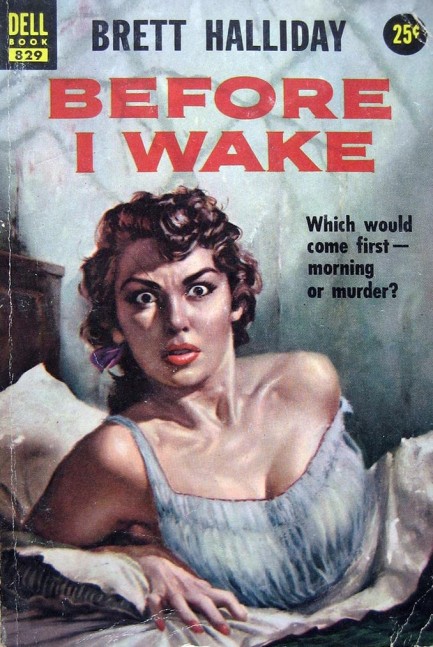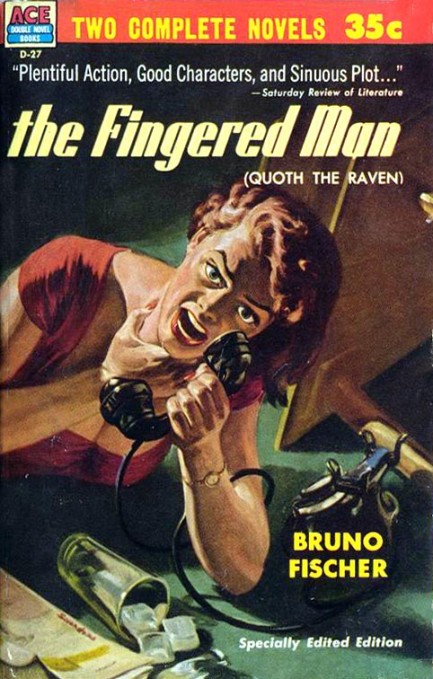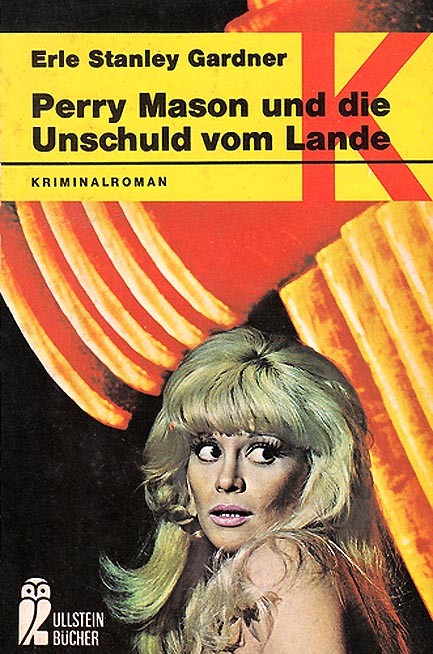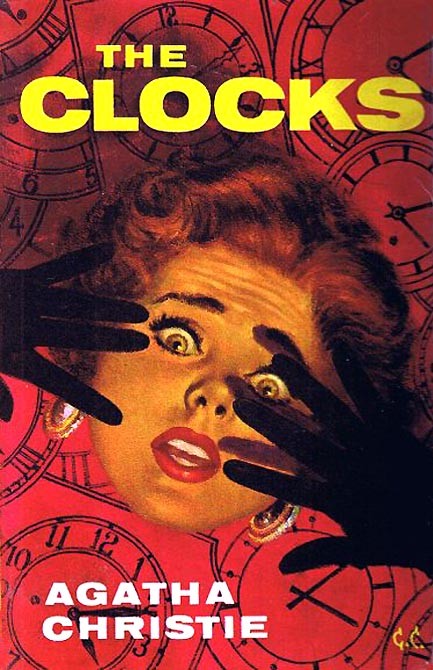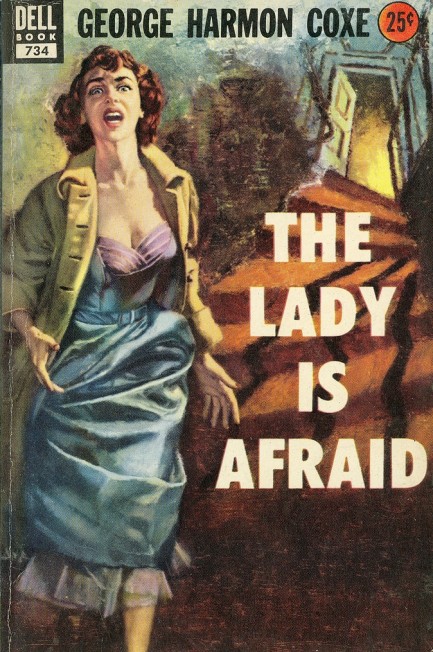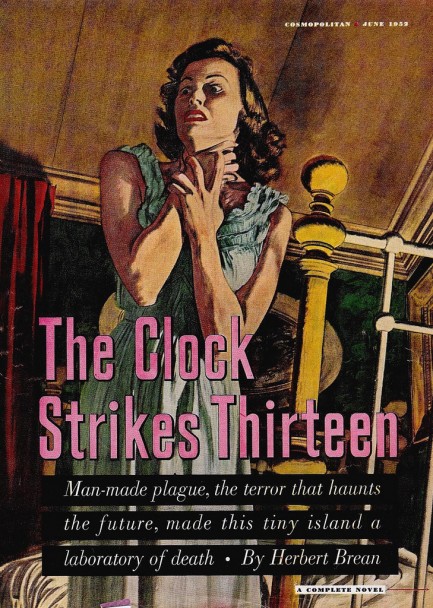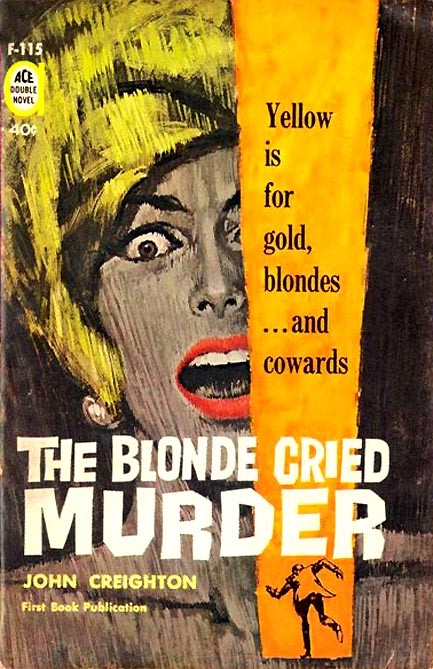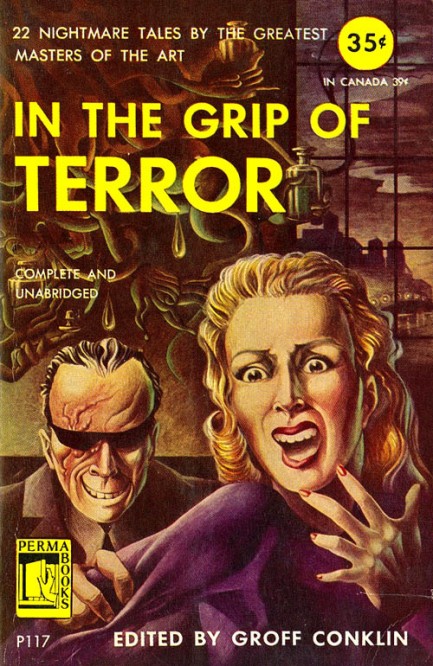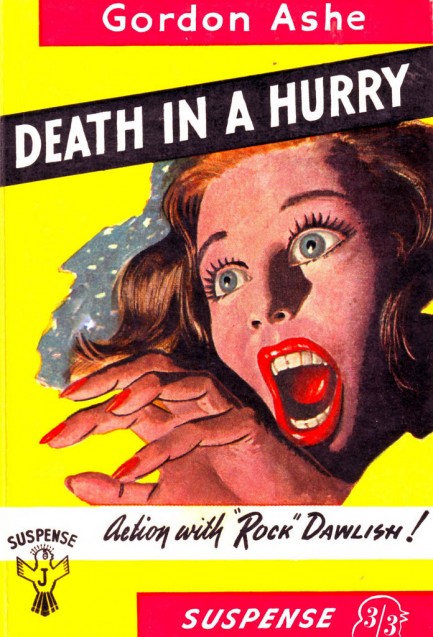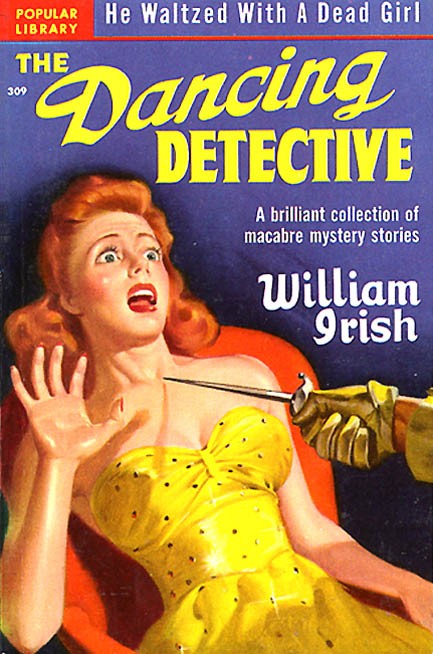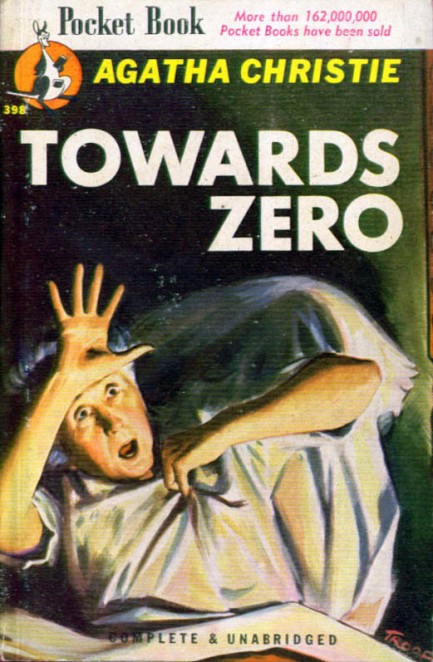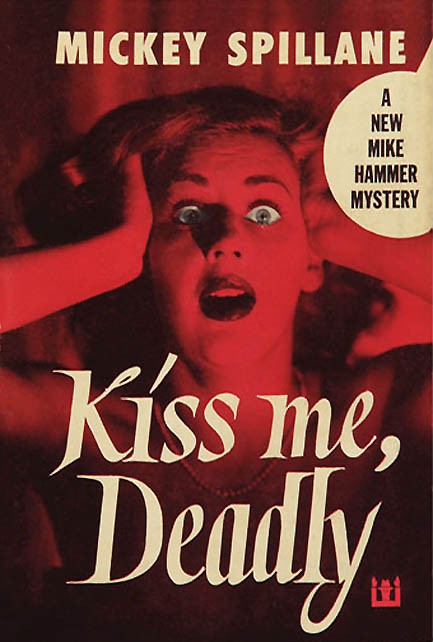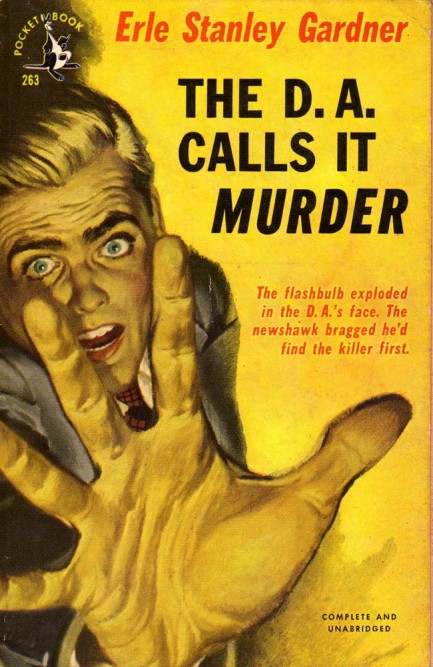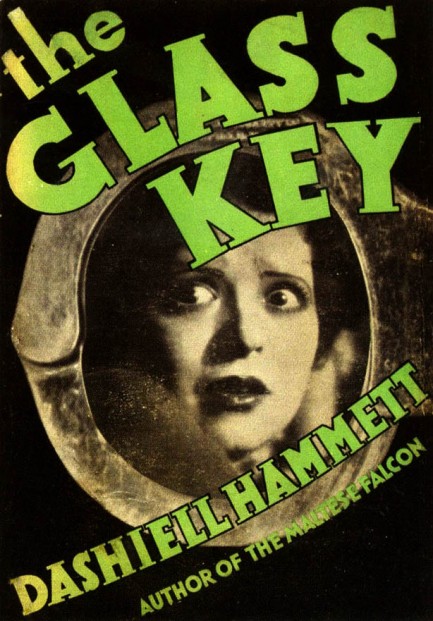| Vintage Pulp | Oct 12 2023 |

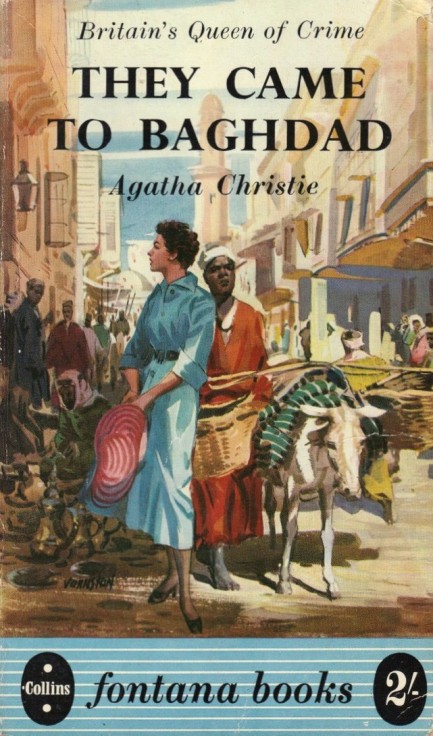
We discussed Agatha Christie's They Came to Baghdad in July and showed you the Fawcett Crest/Cardinal edition. This is an edition produced by the Scottish imprint Fontana Books in 1954. The cover painting here is of very high quality, and as you can see in the zoom we've provided, crosses into fine art. There's a reason for that. The piece is signed by “Johnston.” On other websites this person's identity, beyond his last name, is considered a mystery, but not here. He's Scottish painter Robert Johnston, who was well regarded in fine art circles and whose canvasses are collected today. We've provided an example below, and a signature comparison so you can see why the identification is ironclad.

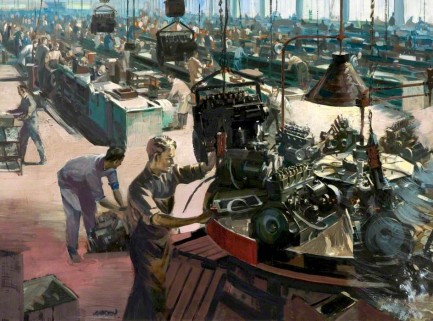

| Vintage Pulp | Jul 19 2023 |

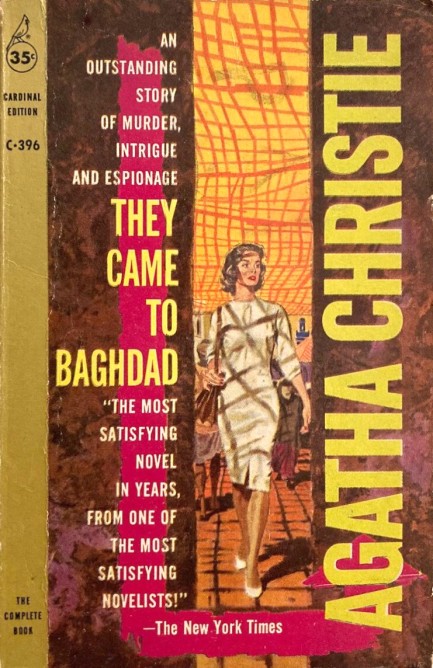
They Came to Baghdad was Agatha Christie's forty-sixth novel, originally appearing in 1951, with this Cardinal paperback coming in 1960 with an uncredited cover. It's less one of Christie's mysteries than a straight adventure tale, and a pretty good one, hewing to the classic blueprint of a novice thrown into deep and dangerous water. The novice is London typist Victoria Jones, whose dreams of romance and travel prompt her to finagle free passage to Baghdad, where she lands in the middle of a political murder plot. She's a winning character, all the more so for the major flaw Christie gives her—she can't stop telling extravagant lies. Predictably, this weakness serves her well during her wild exploits. In addition to the fascinating Jones you get plenty of exotic color and a dose of capitalist v. commie intrigue. Recommended.
| Vintage Pulp | Jun 1 2023 |

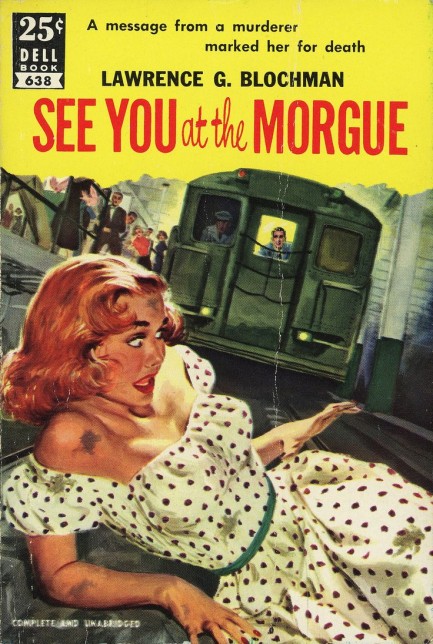
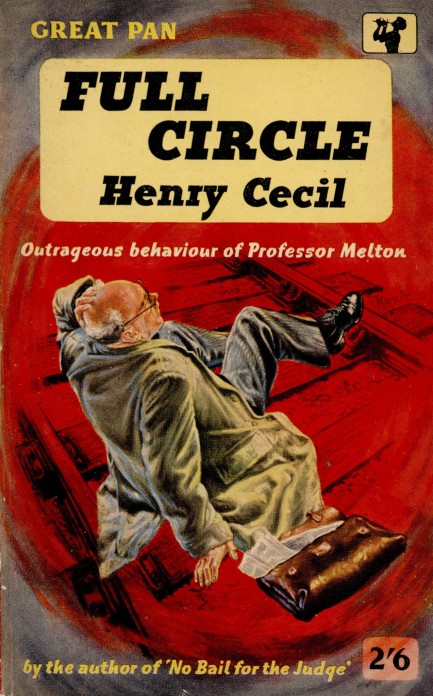
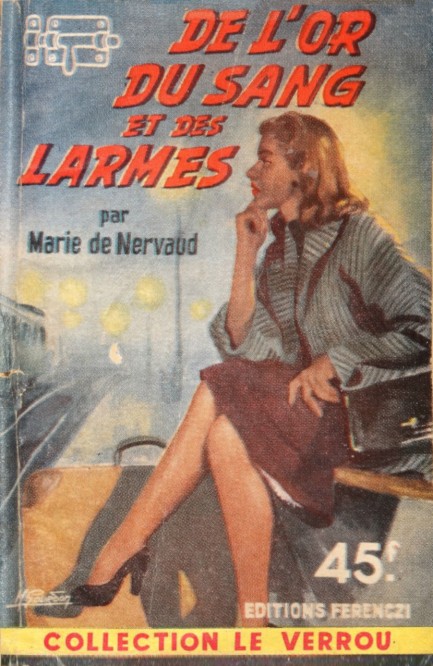
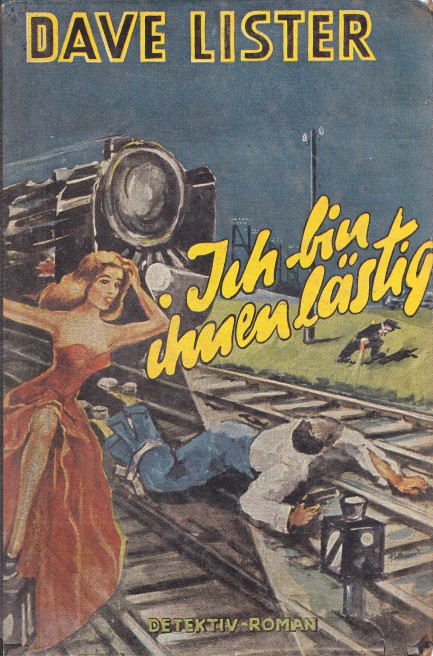
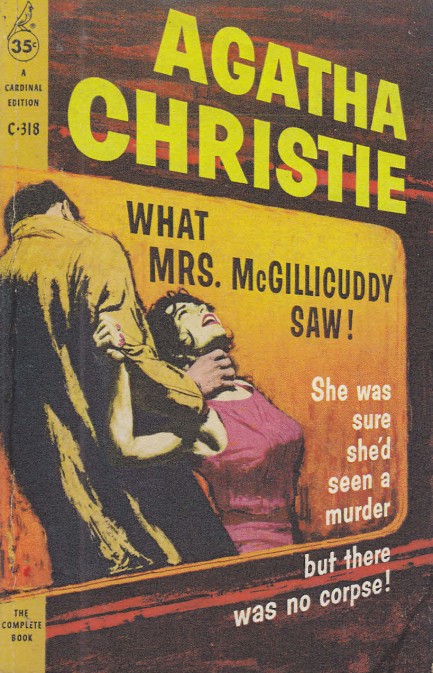
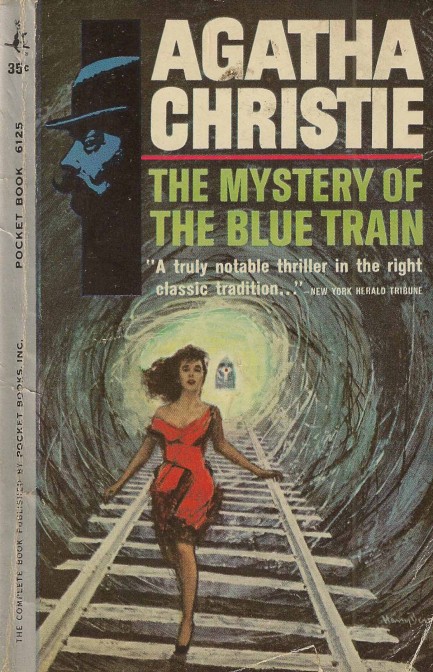
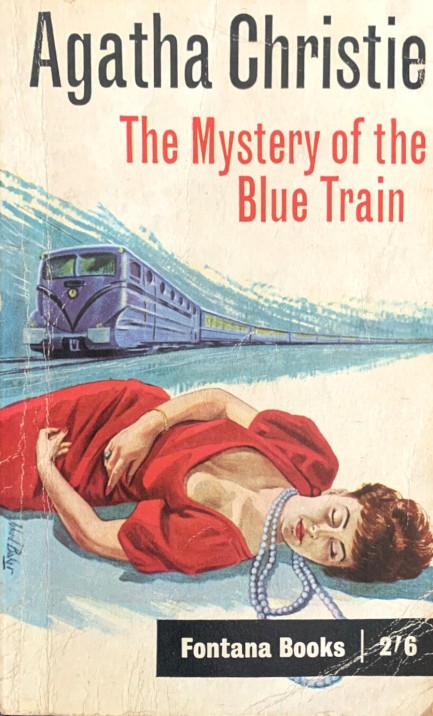
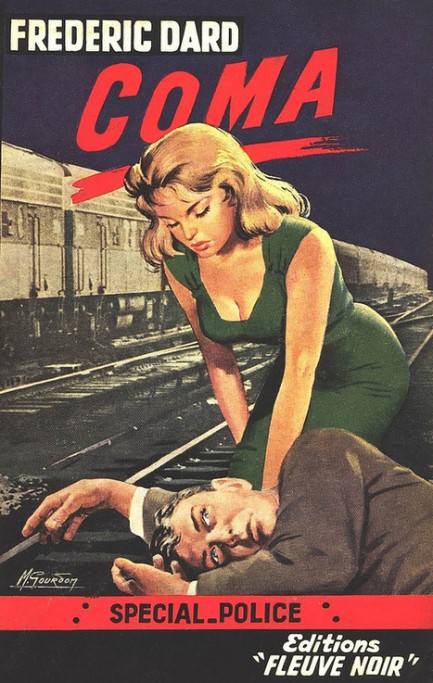
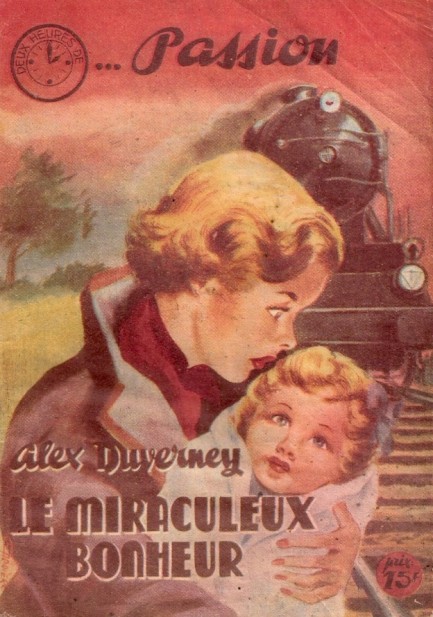
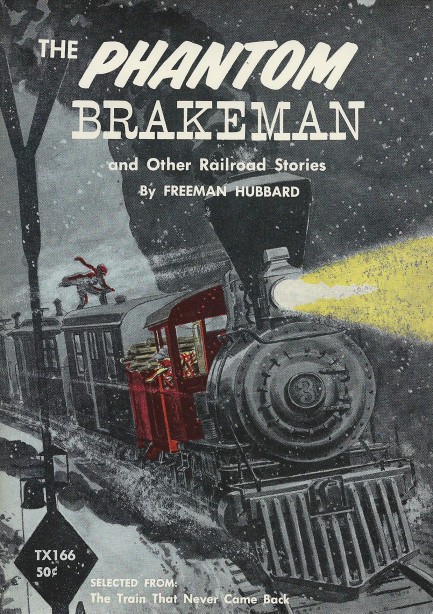
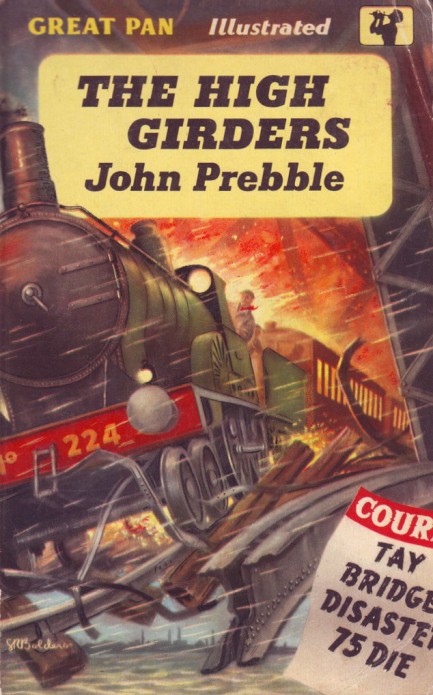
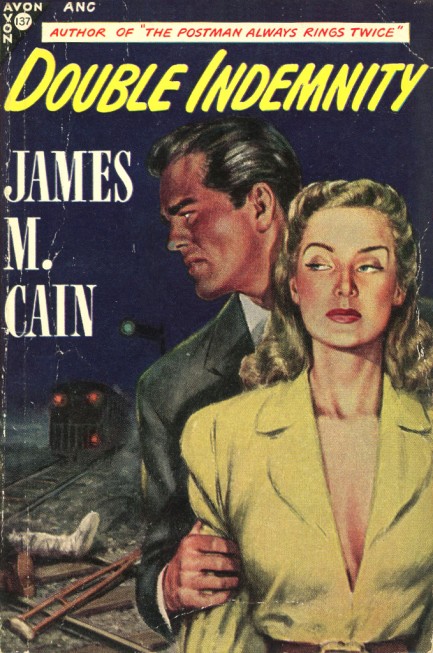
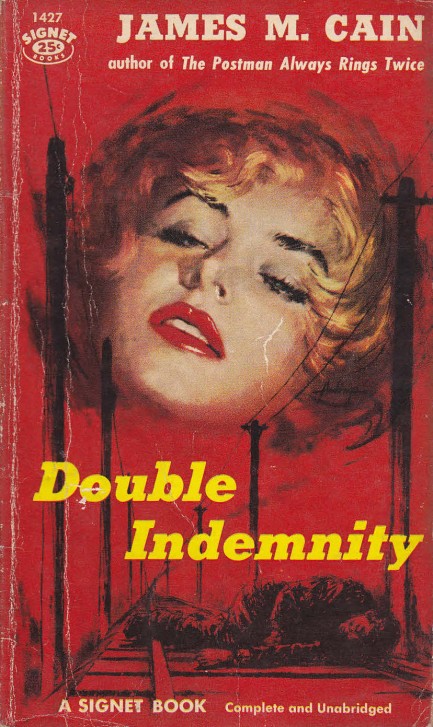
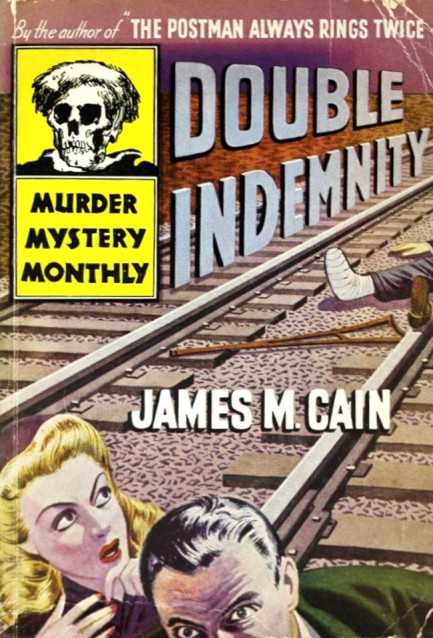
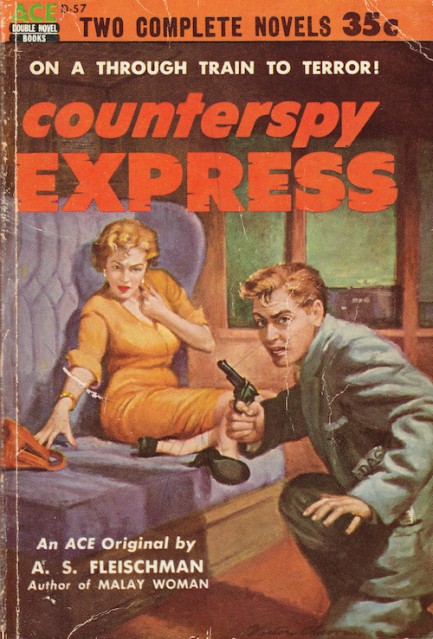
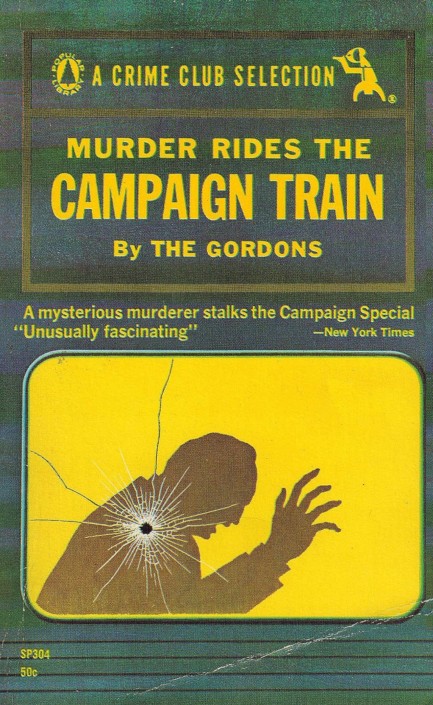
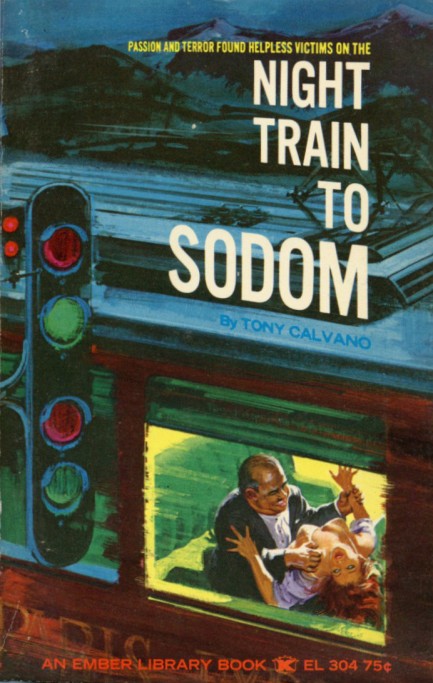
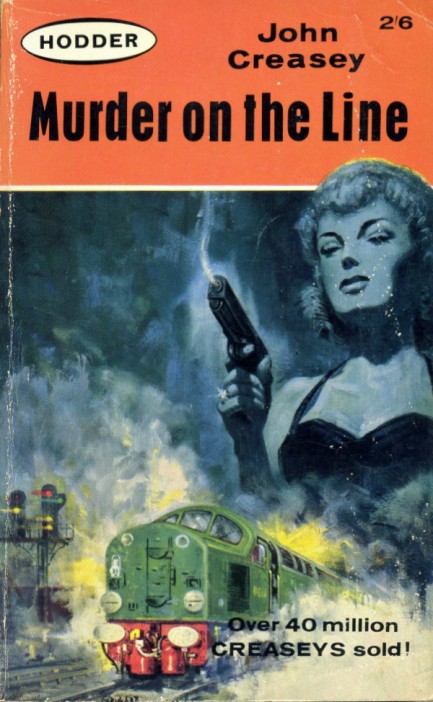
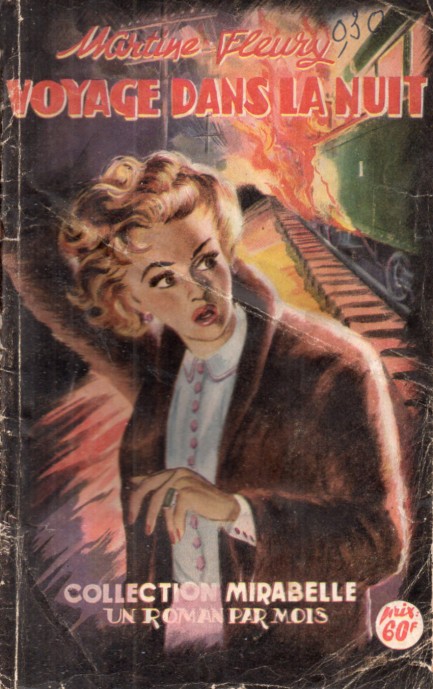
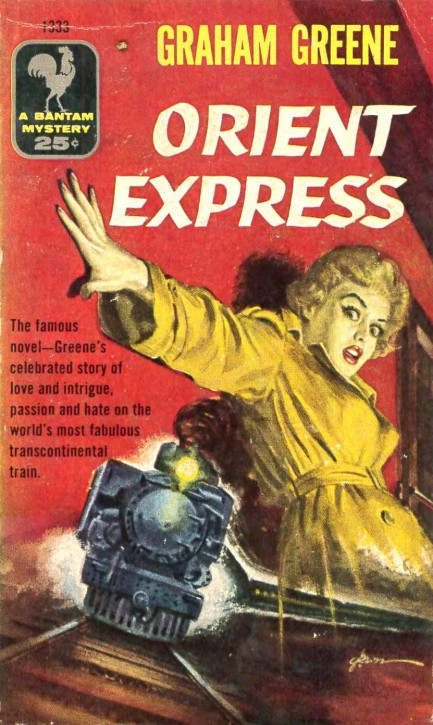
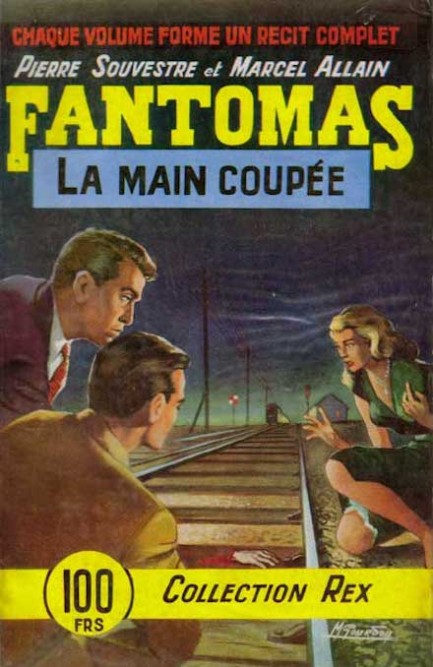
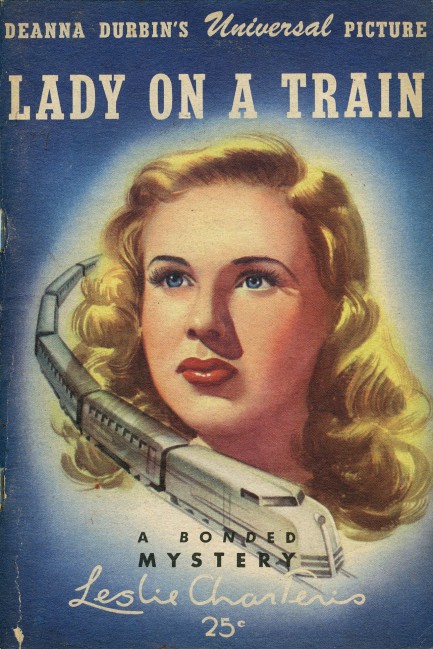
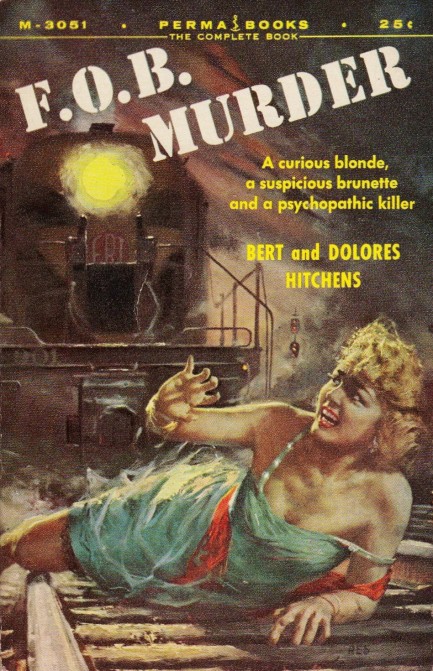
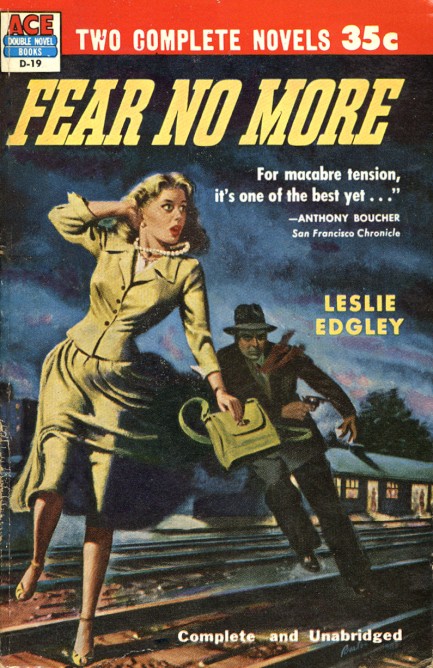
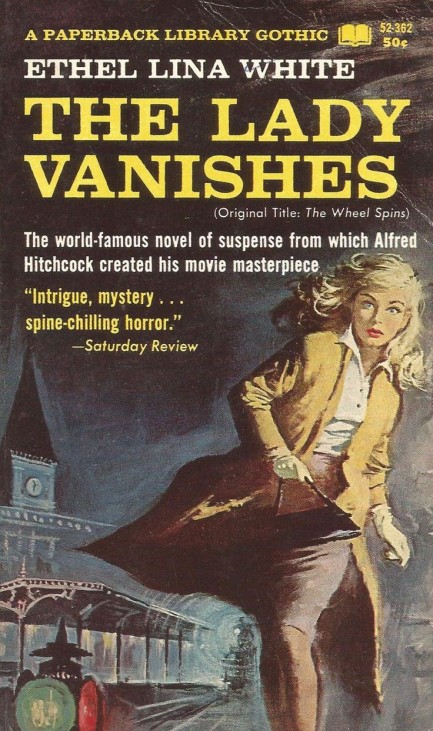
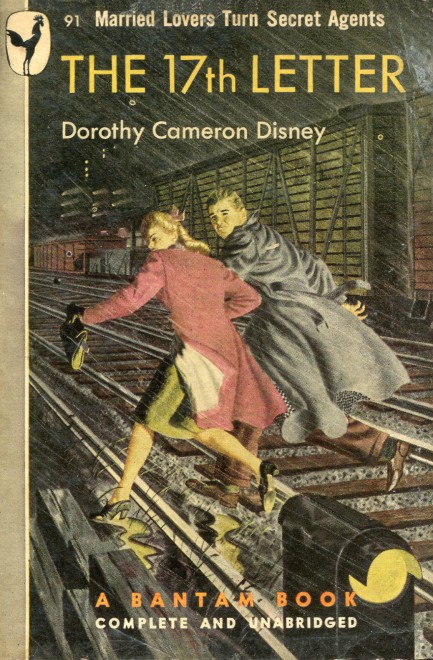
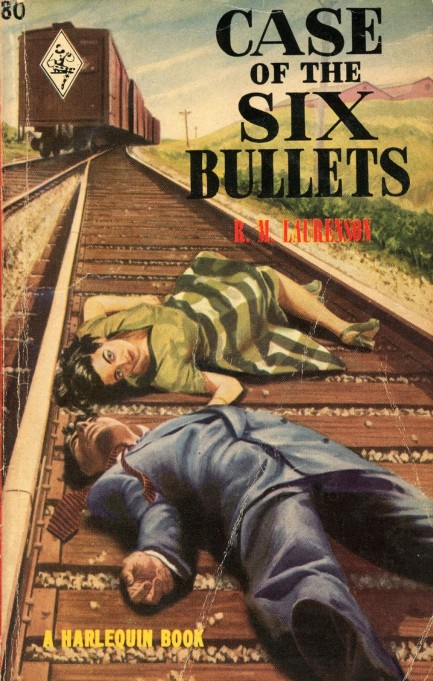
| Vintage Pulp | Oct 26 2016 |

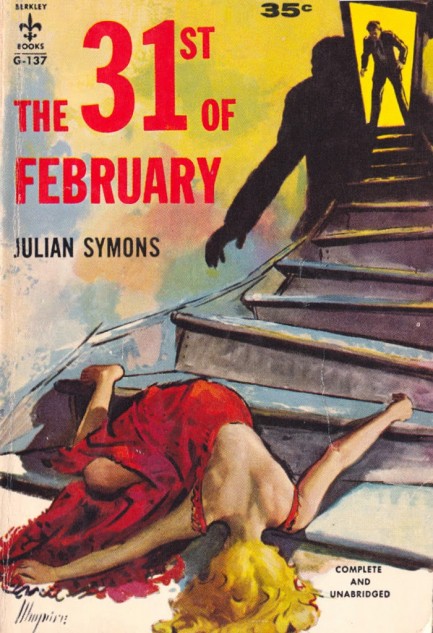
The first step is a doozy, as they say, but in vintage fiction so is the last one and all those in between. Above and below are assorted paperback covers featuring characters who've had a bad time navigating stairs, a few due to accidents but most via ill intent from third parties. We also have one hardback dust sleeve we added at the bottom because it was so interesting. Just scroll down, but do it carefully.
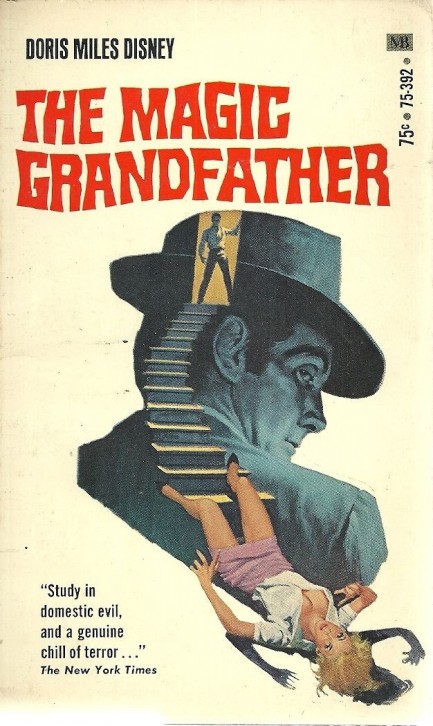
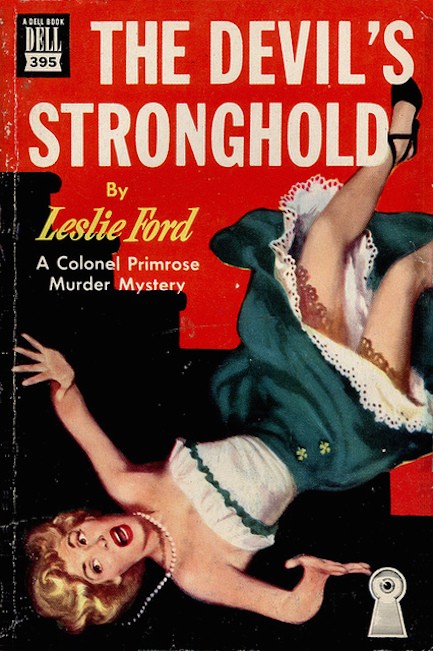
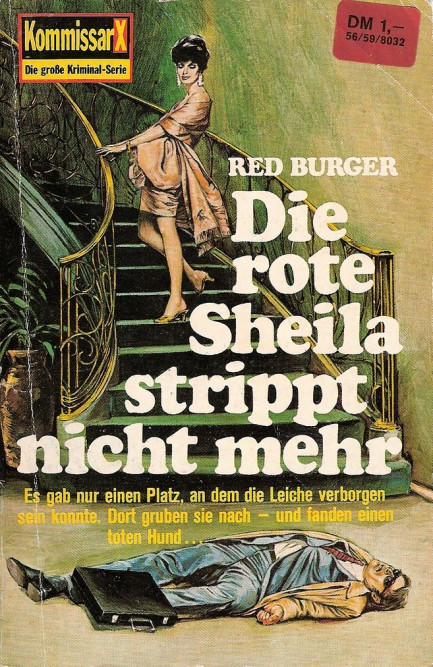
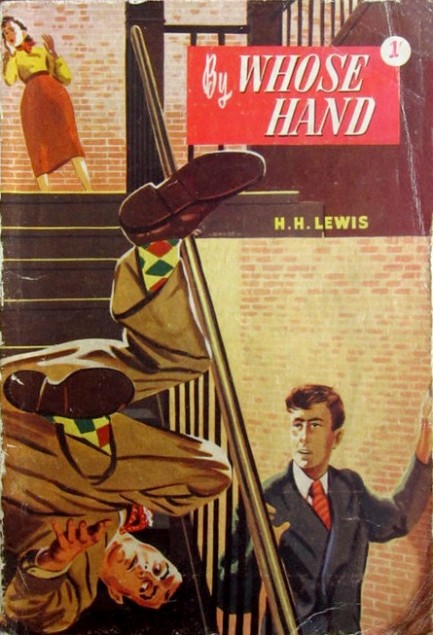
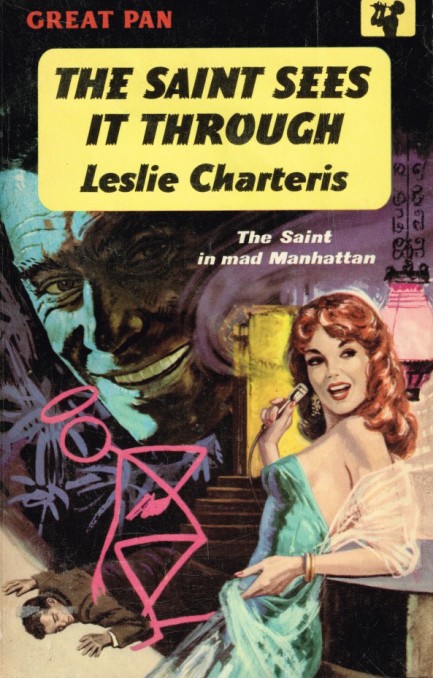
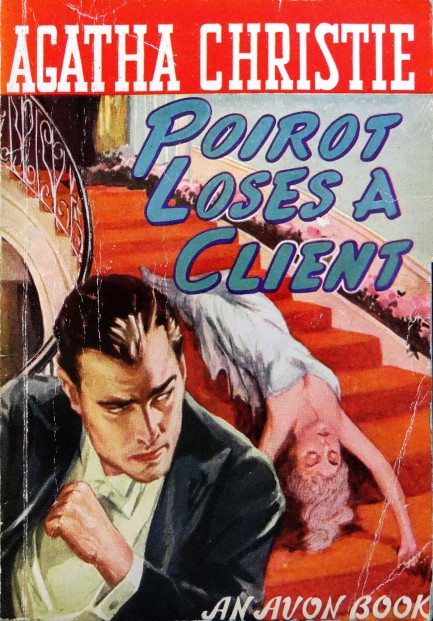
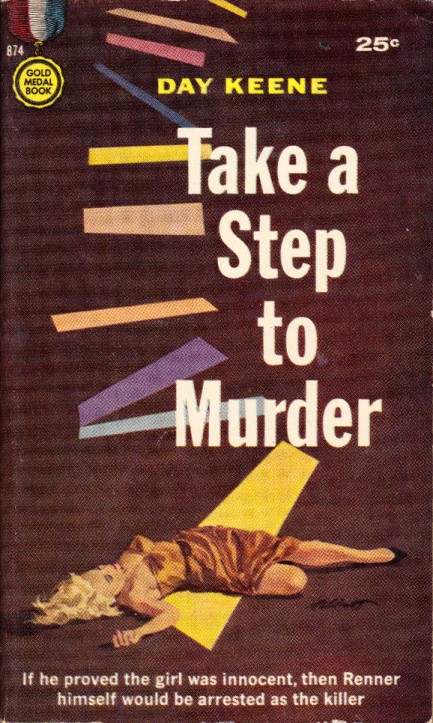
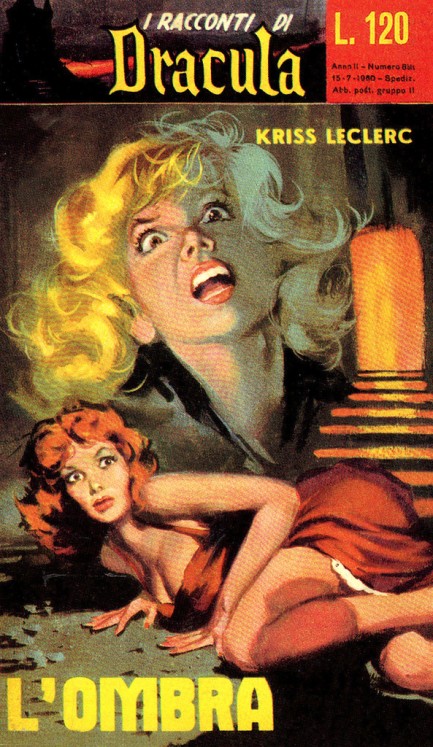
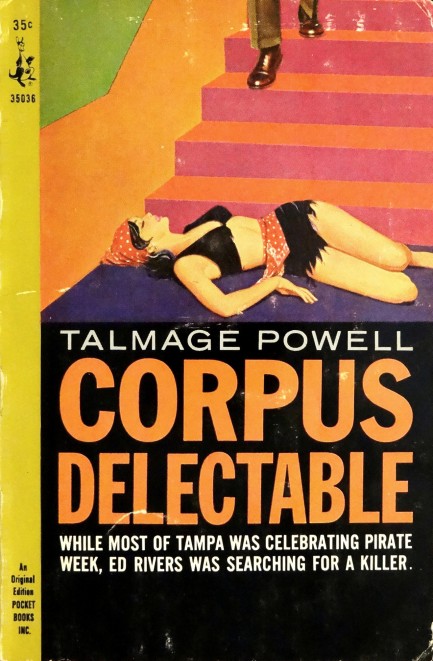
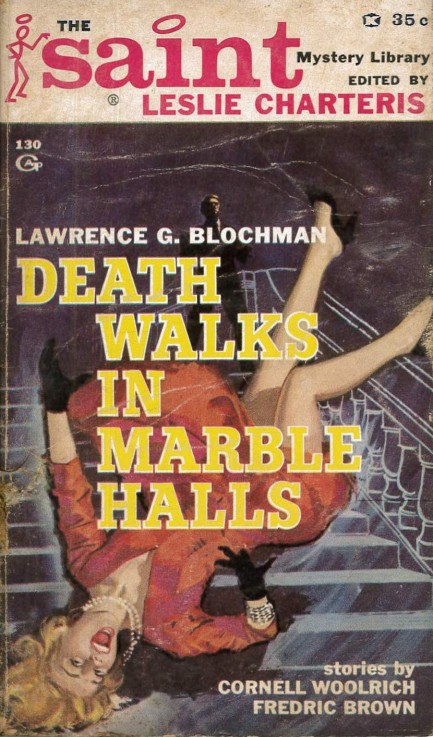
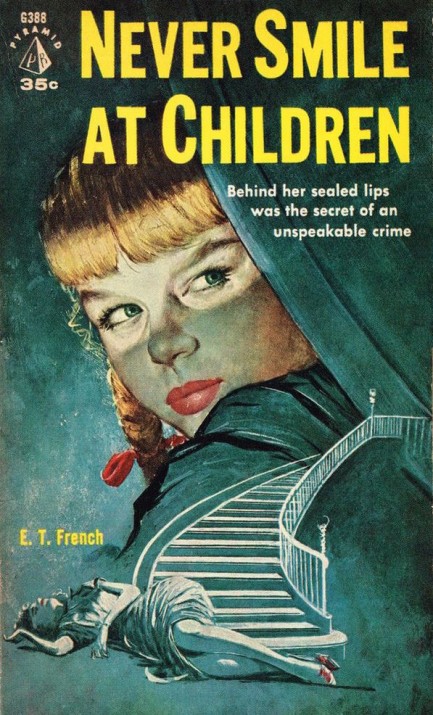
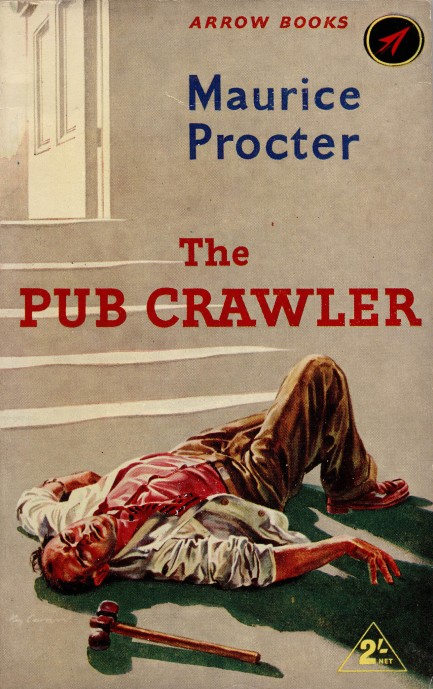
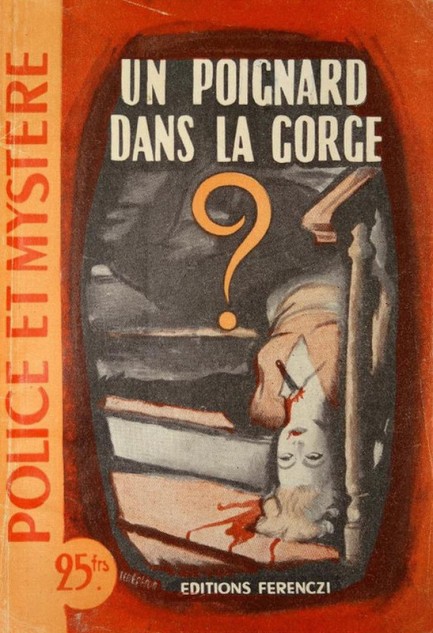
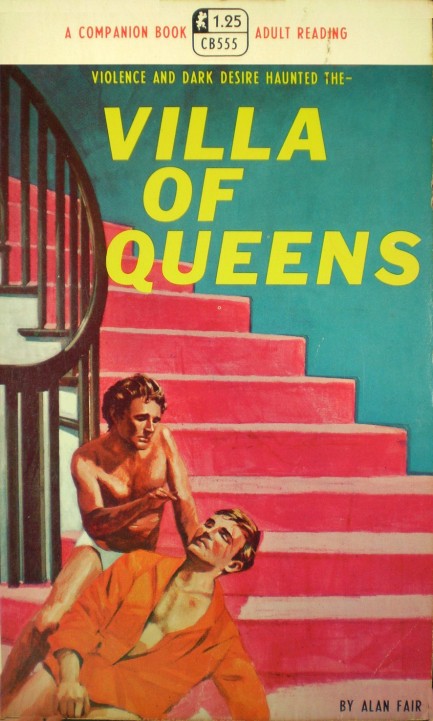
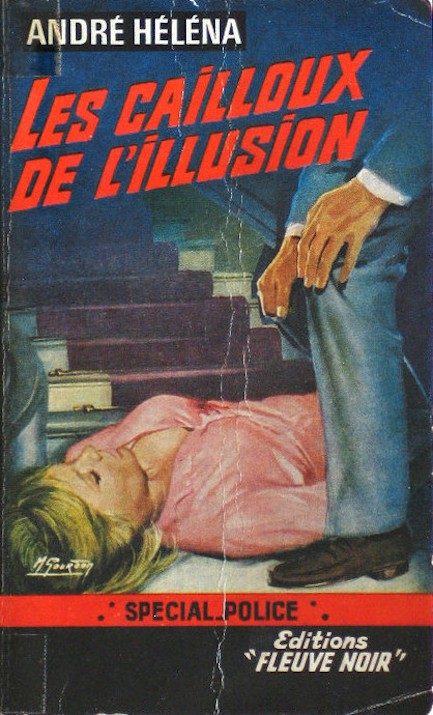
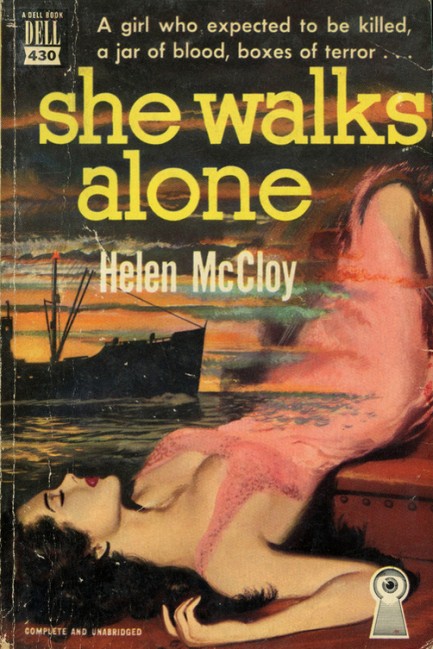
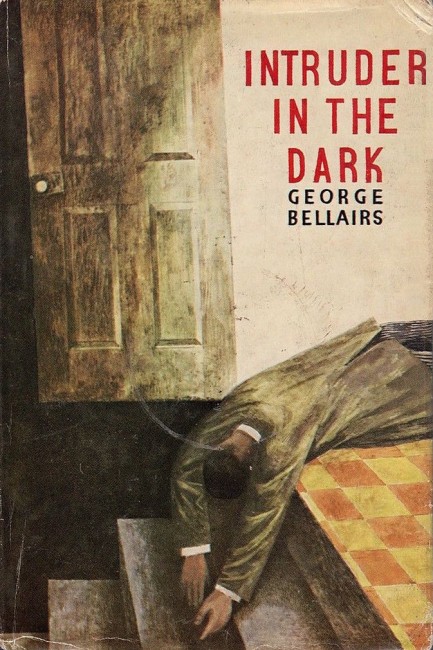
| Vintage Pulp | Nov 15 2015 |

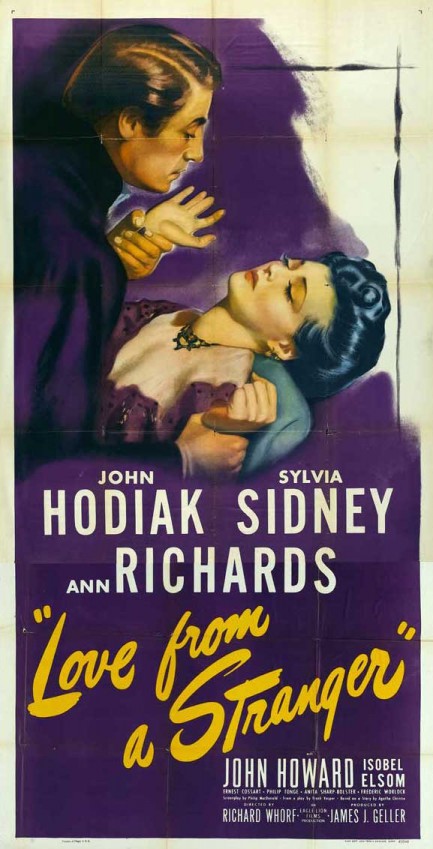
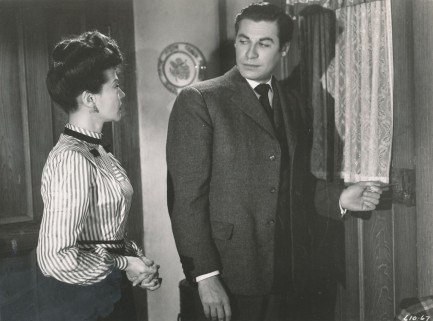
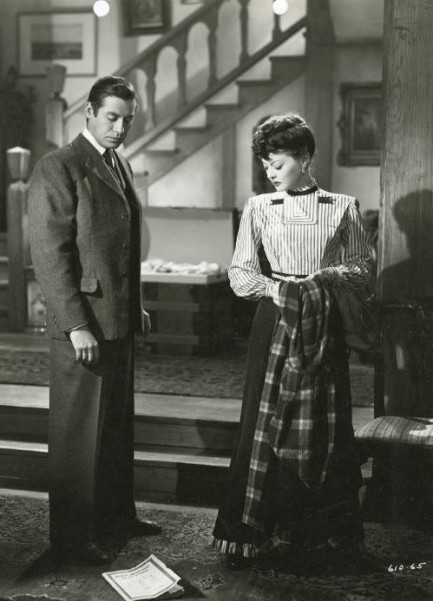
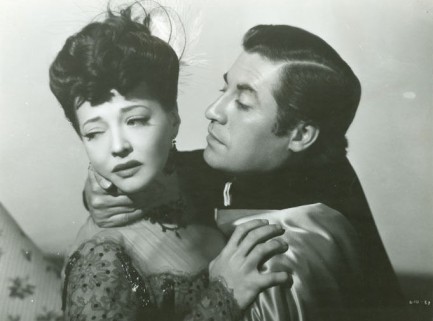
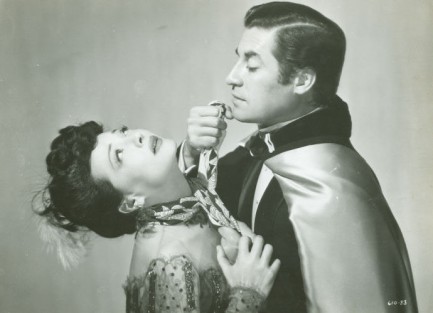
| Vintage Pulp | Jan 7 2014 |

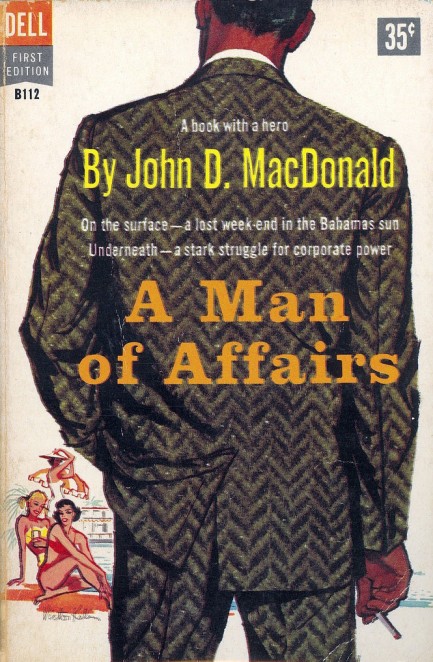
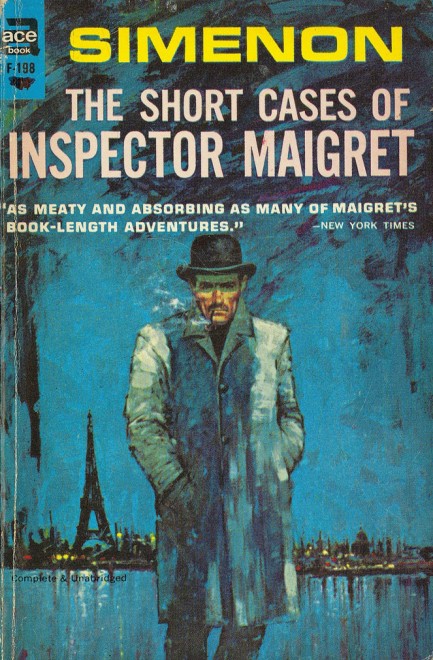
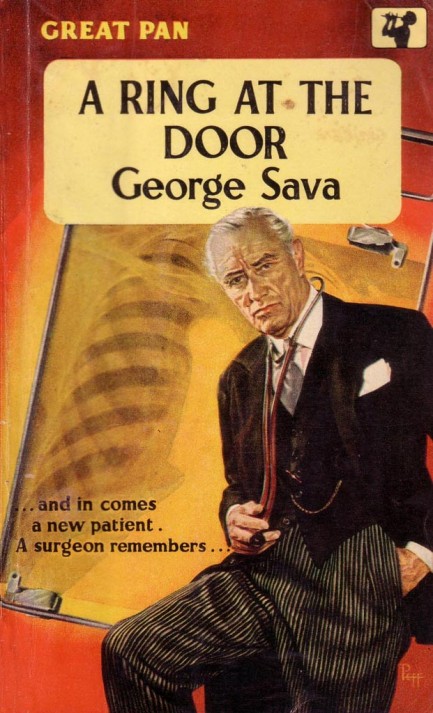
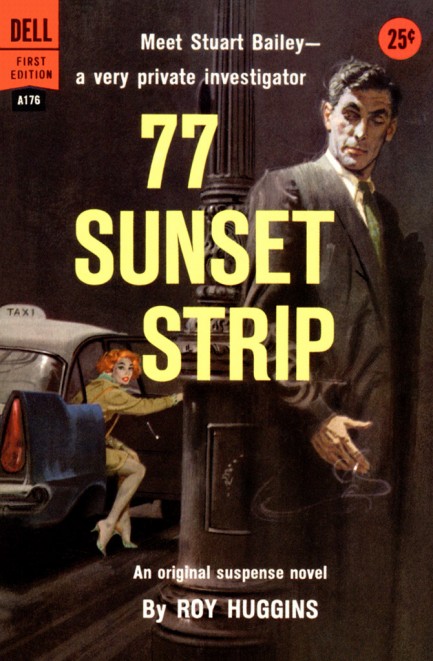
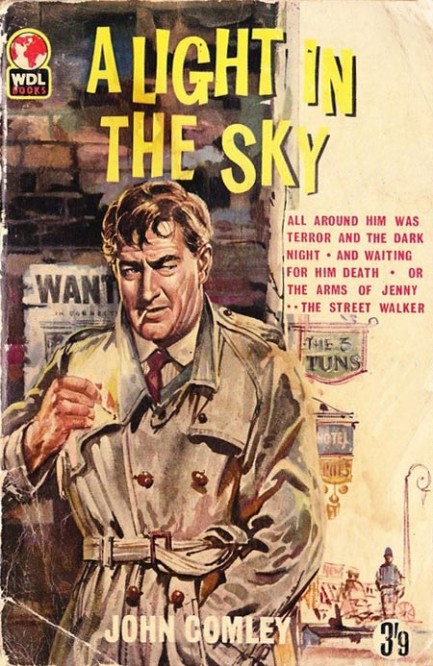
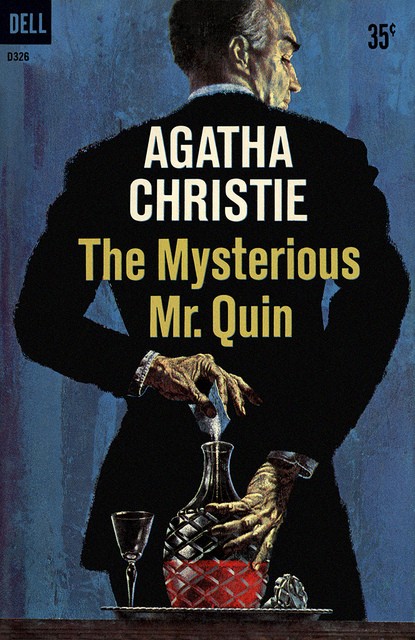
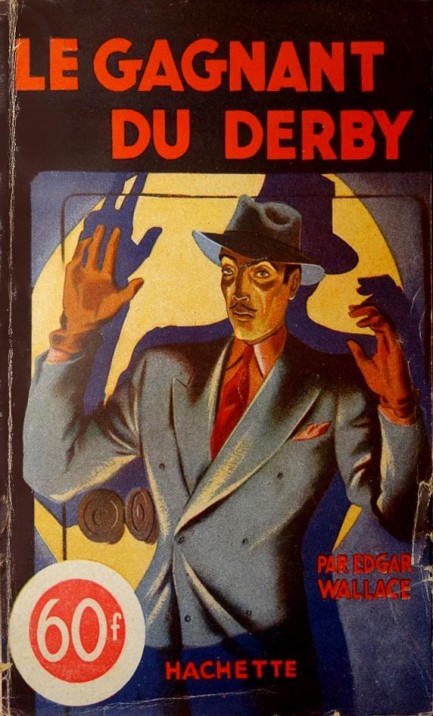
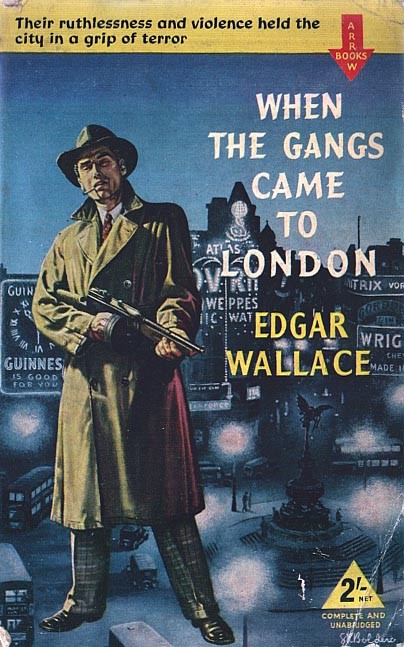
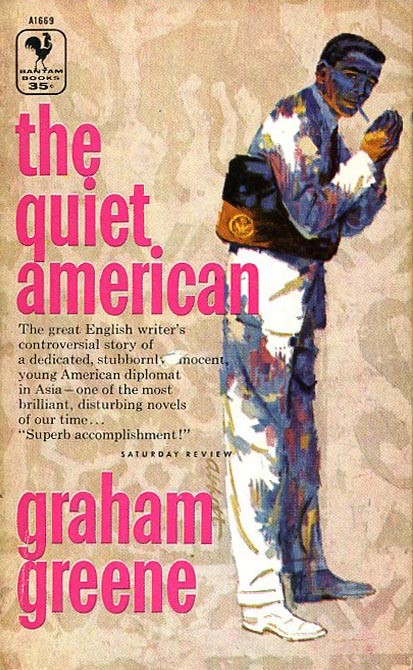
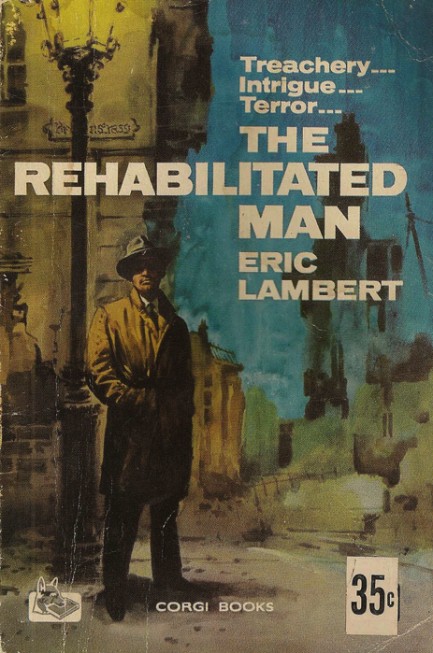
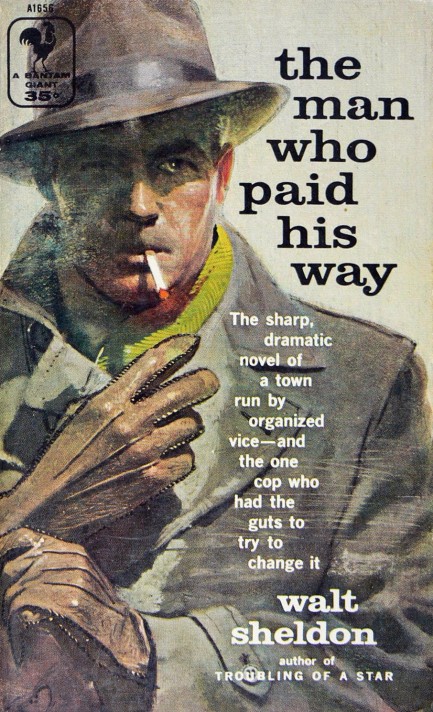
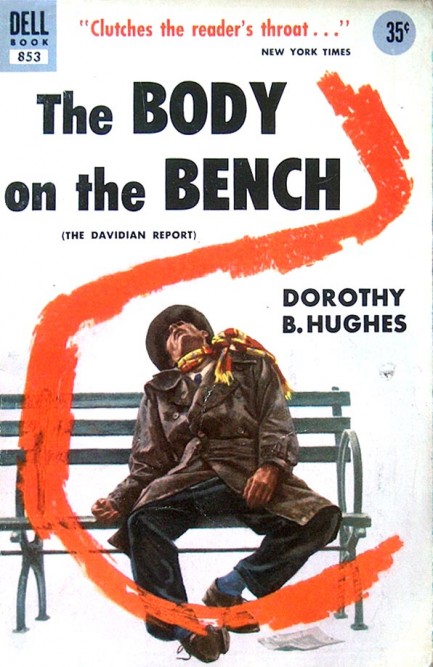
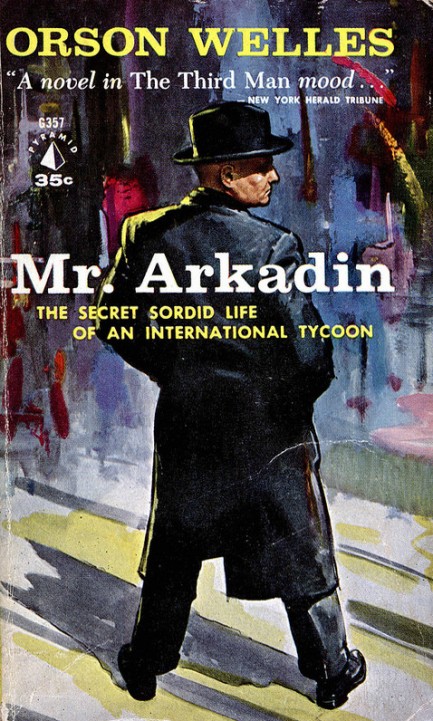
| Vintage Pulp | Aug 12 2013 |

Today we have another cover collection for you. We had noticed quite a few pieces of pulp/sleaze art featuring syringes as a central element, so we’ve gathered up twenty examples, with art by Michel Gourdon and others. Some of these are from Flickr, so thanks to the original uploaders.
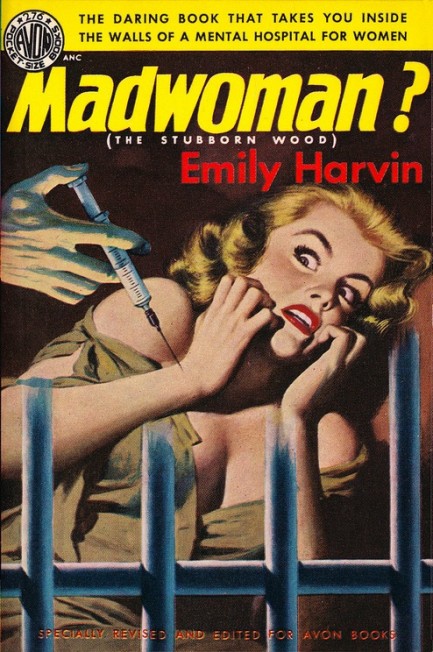
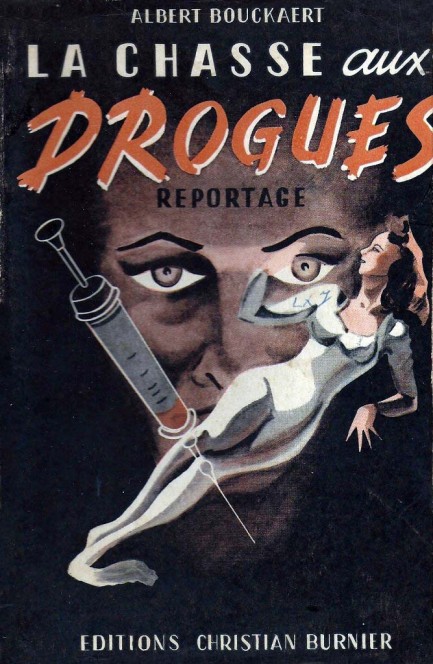
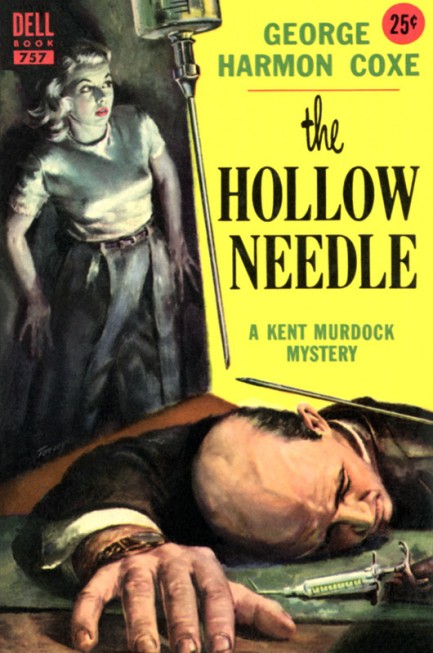
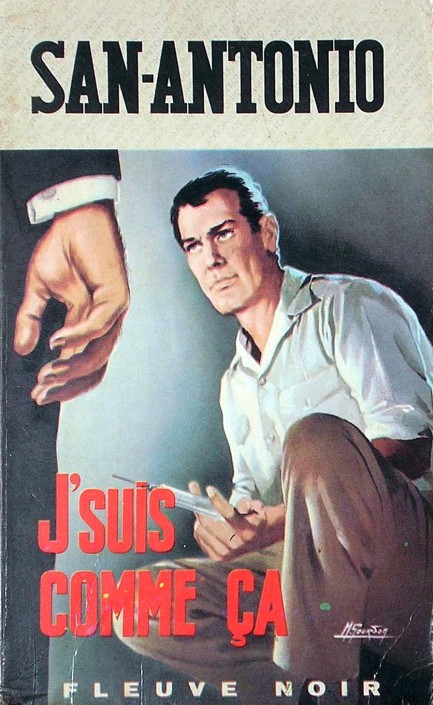
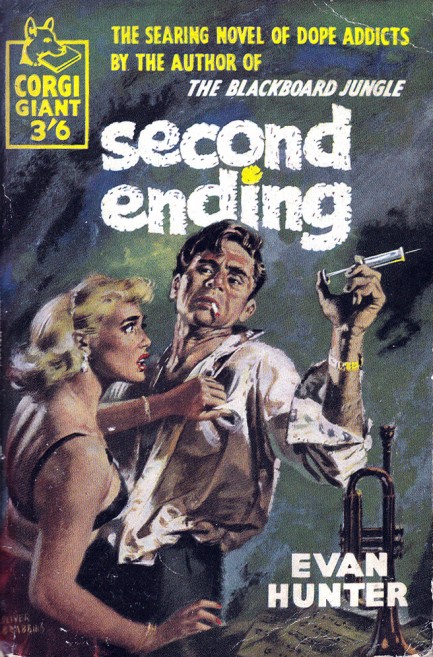
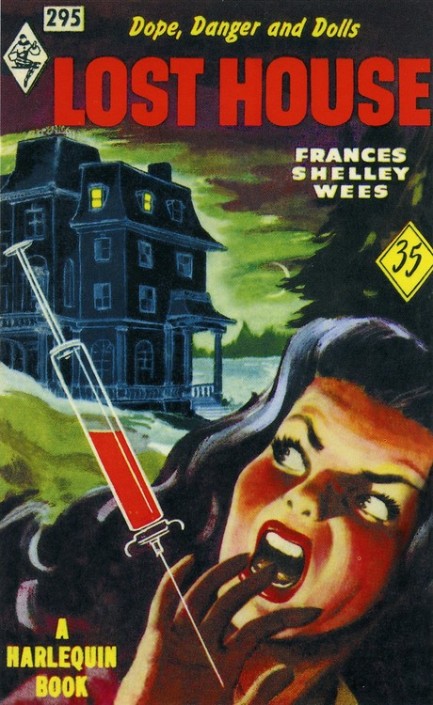
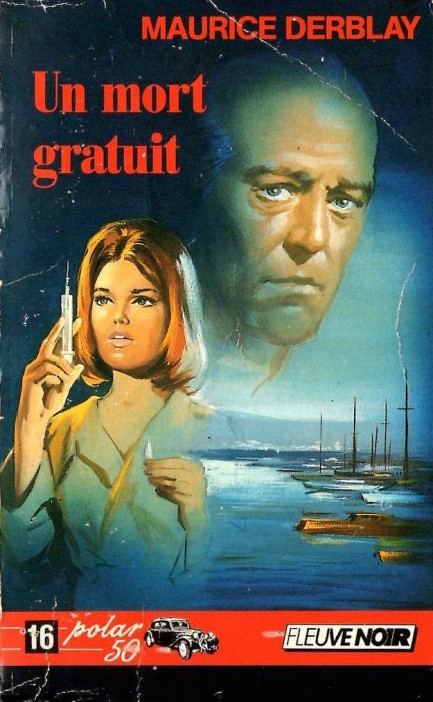
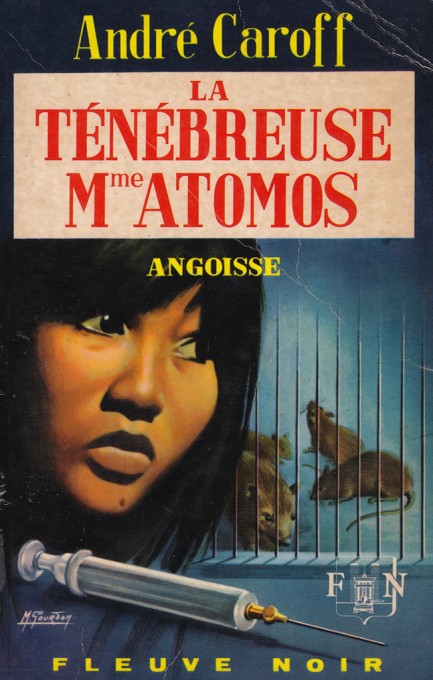
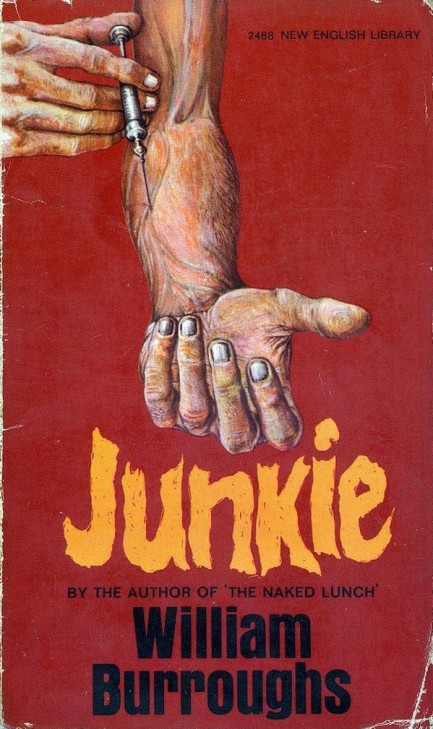
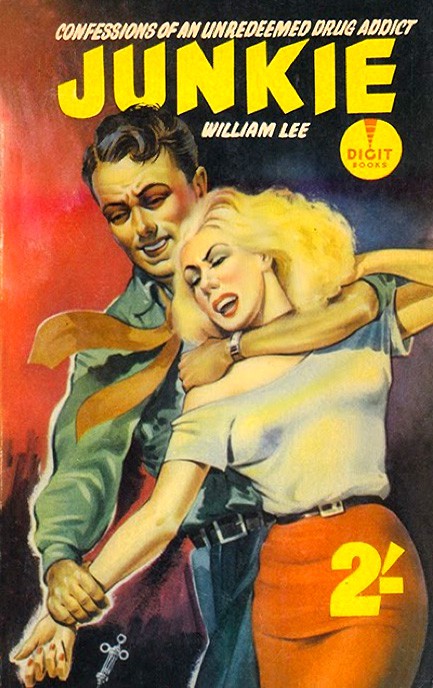
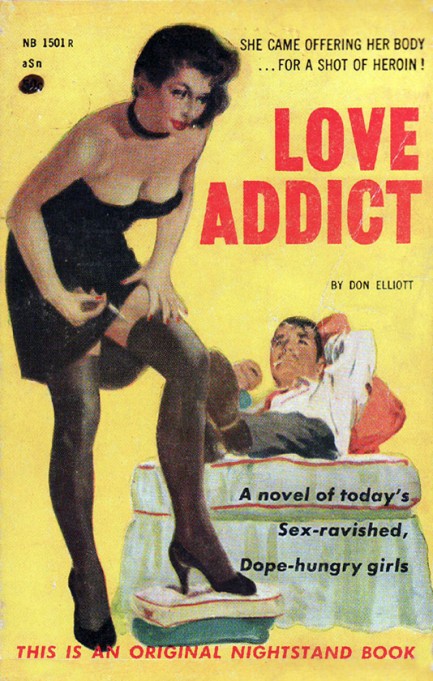
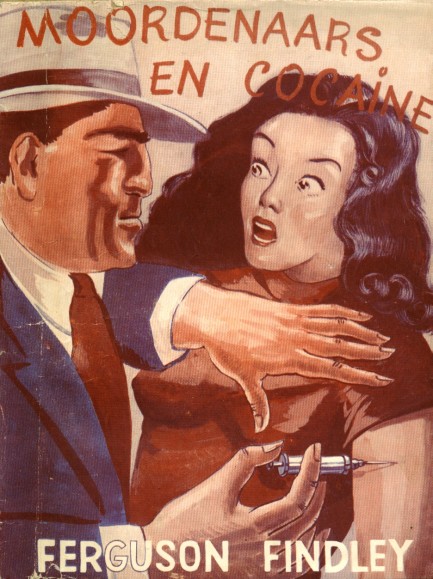
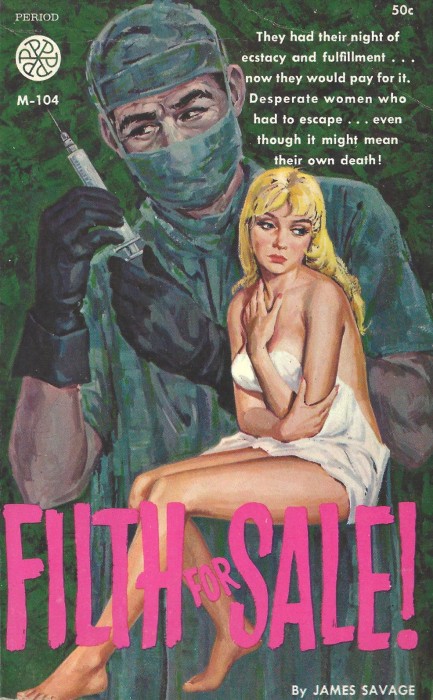
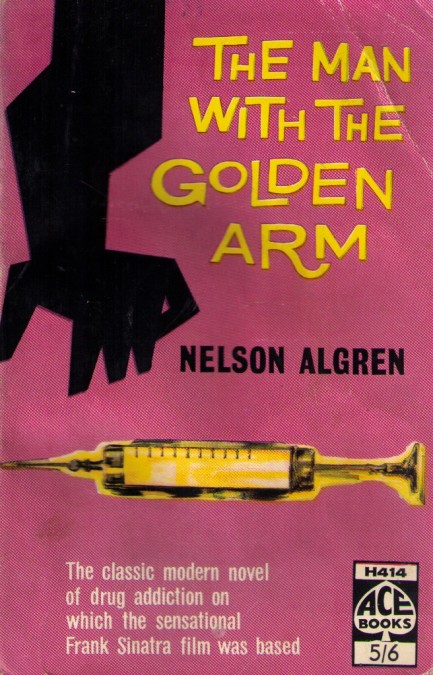
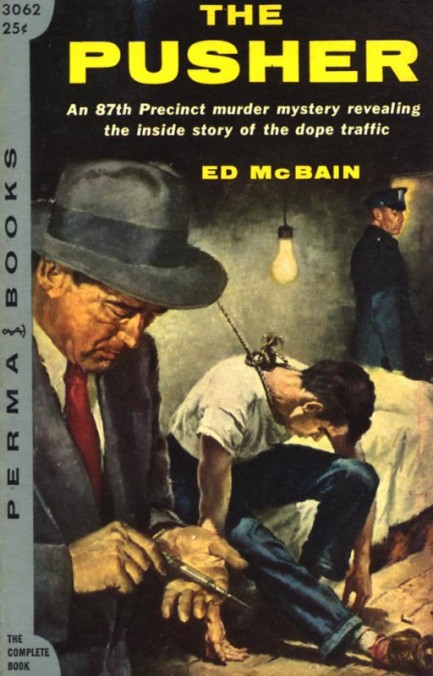
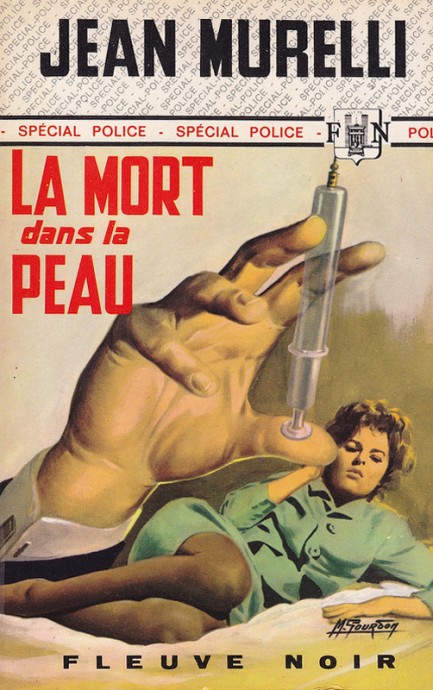
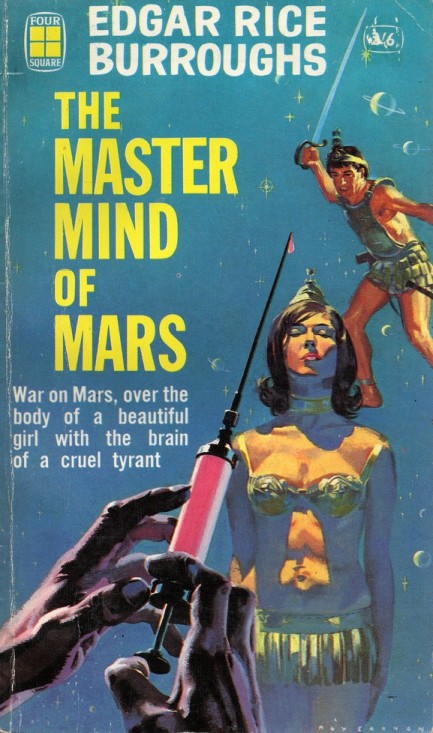

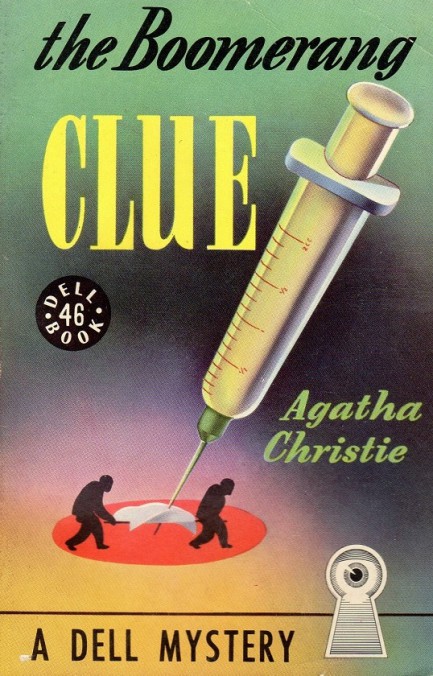
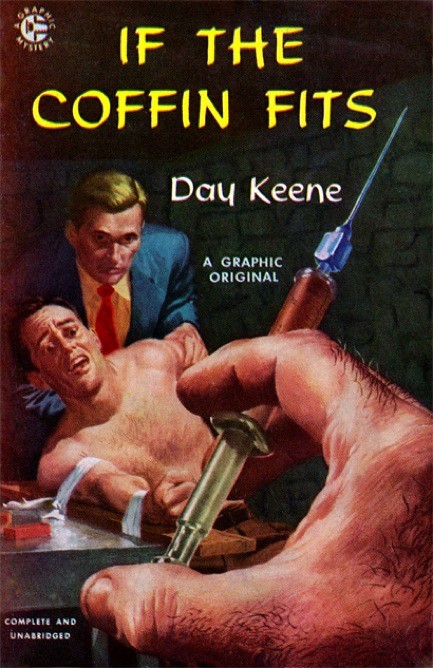
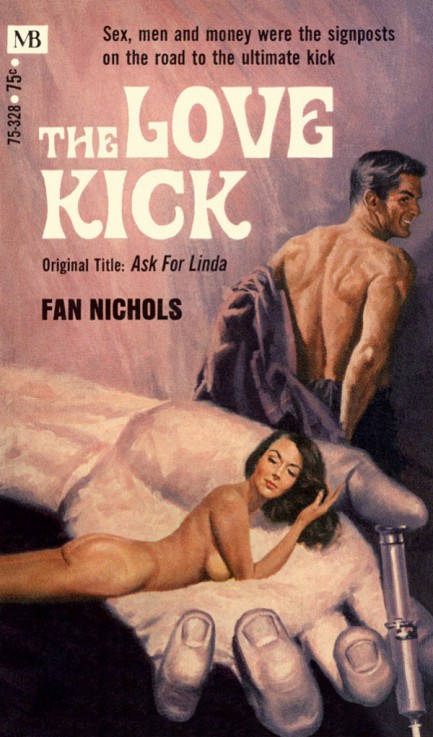
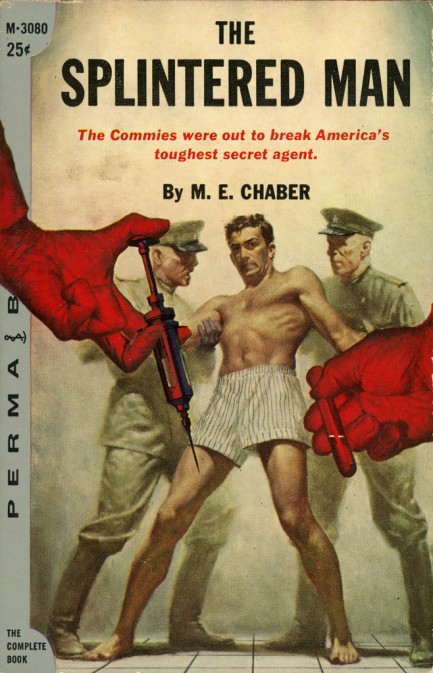
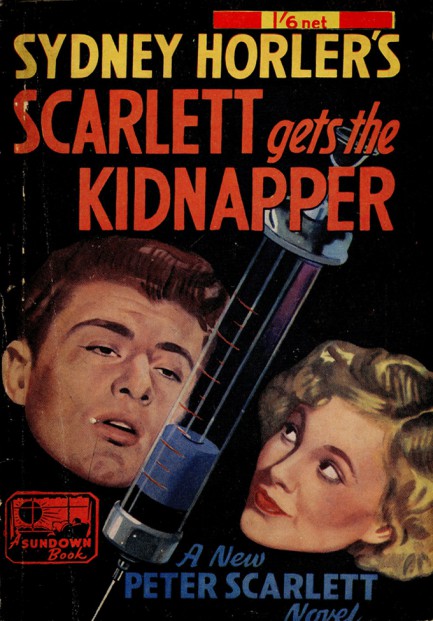
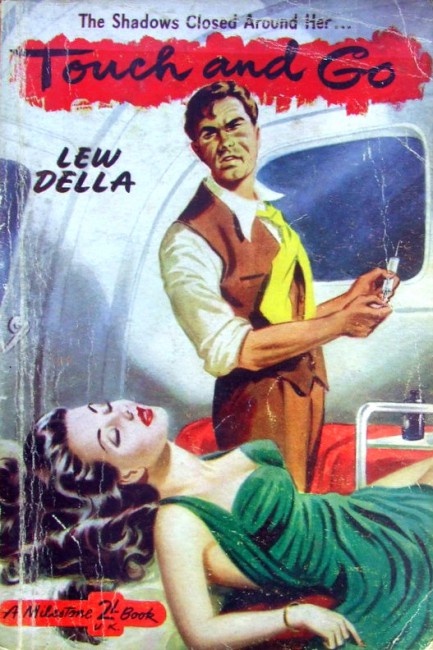
| Vintage Pulp | Jan 9 2013 |

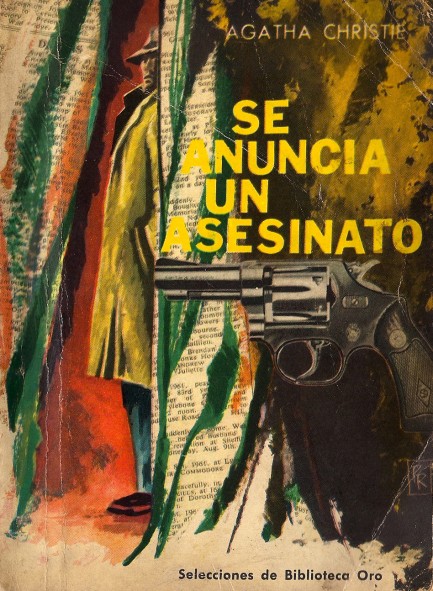
Yesterday we showed you two of the most expensive pulp paperbacks we’ve ever run across. Today we’re going to do the opposite and show you something that was free. Above is the cover of Agatha Christie’s 1950 Miss Marple mystery Se anunucia un asesinato, aka A Murder Is Announced, and we found it in a disused closet in the stairwell of our building. The collage style cover is credited to P. Ramírez, and there are also interior illustrations credited to someone billing himself simply as Moreno. It’s funny that we went all the way to Morocco expecting to find pulp when just one floor below there was a closet stacked high with hundreds of Spanish, English, and French magazines that go back forty years. Most of it seems unremarkable at first glance, but we haven’t had much time to explore, so there’s no telling what we’ll find. Since the door isn’t locked, we’re thinking it all probably belonged to a departed tenant. If not, well, it’s easier to ask forgiveness than permission.
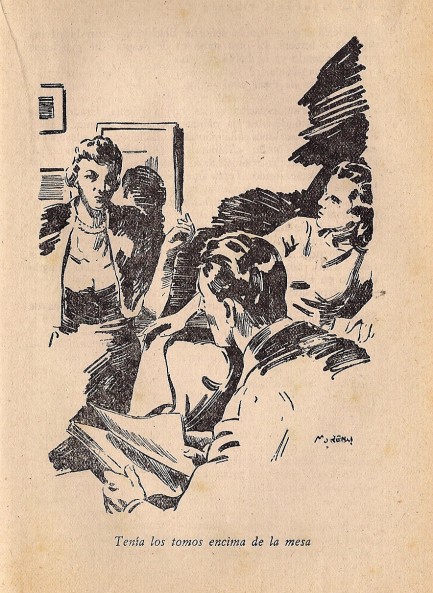
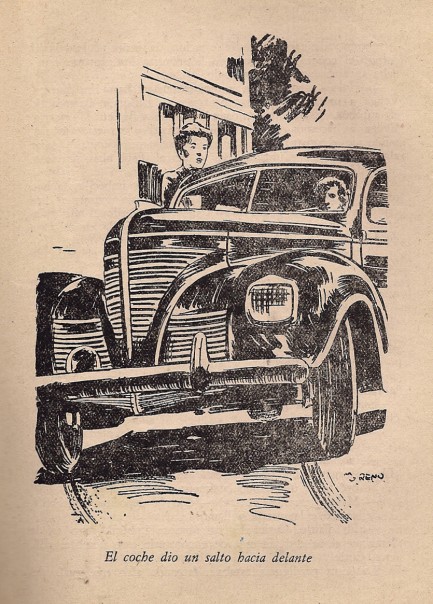
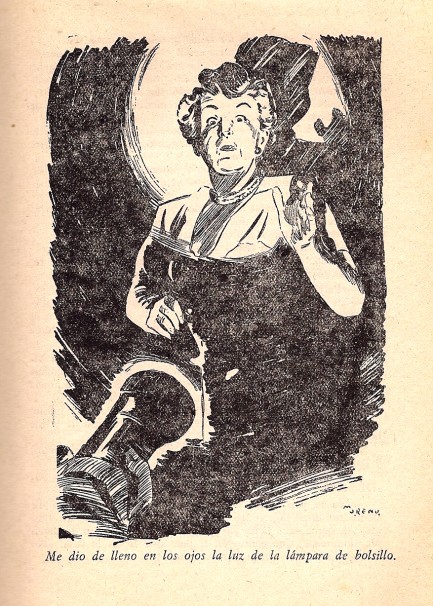
| Vintage Pulp | Jan 3 2013 |

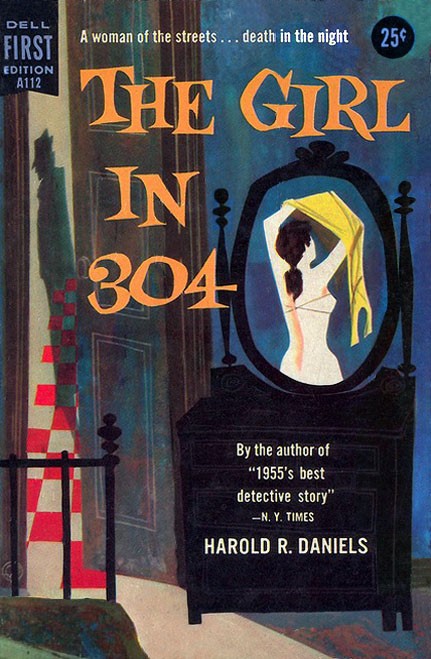
Walter Brooks isn’t mentioned as one of the great paperback illustrators, and he probably wasn’t, but certainly this cover for Harold R. Daniels’ The Girl in 304 is dynamite. From the angled, ominous male shadow, to the stylish font, and the blue color palette with checks of red and a splash of pink flesh and yellow fabric, this one is a winner in all categories. Brooks, who was born in Glasgow, served as president of NYC’s Society of Illustrators, wrote books about painting, and designed U.S. postage stamps. And notably, he was the art director at Dell Publishing in 1958 when he was shown the work of Robert McGinnis by agent Don Gelb. Brooks assigned McGinnis his first two covers, thus helping to launch a legendary career. He also gave William Teason, who illustrated more than 150 Agatha Christie covers, his first shot that same year. So even if Brooks was not a great himself, he certainly knew talent when he saw it. This piece dates from 1956.
| Vintage Pulp | Aug 9 2010 |

Below, fifteen pieces of pulp art with terror as their central theme. The cover in panel three from Erle Stanley Gardner is the German version of 1948's Perry Mason and the Case of the Vagabond Virgin, retitled Perry Mason und die Unschuld vom Lande, or Perry Mason and the Innocence of the Country.